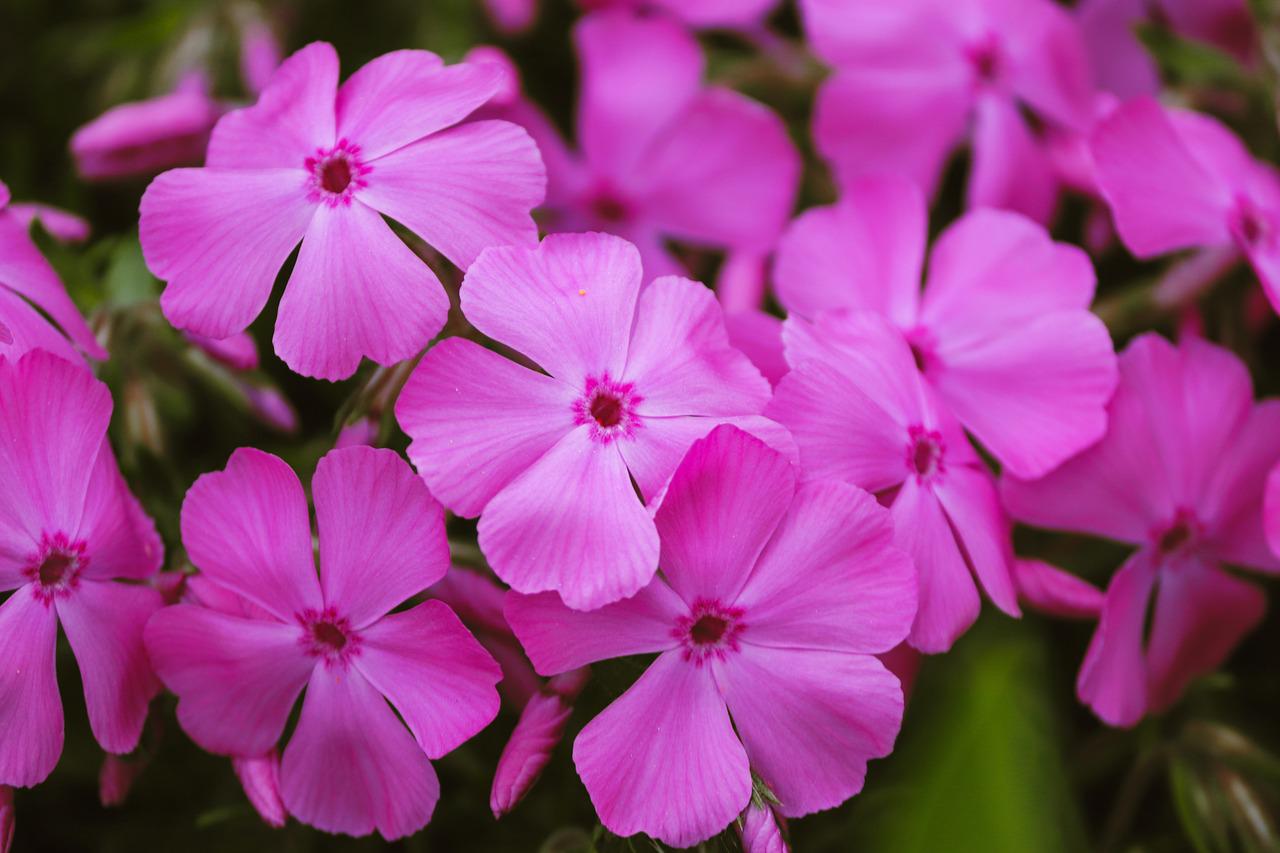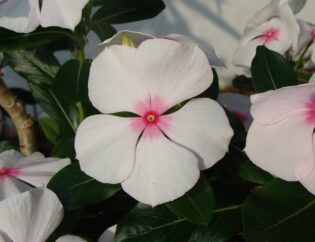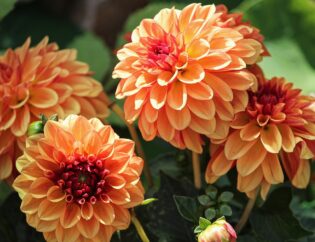
When thinking of favorite flowers to include in the landscaping, there are several showy ones that usually come to mind. Roses, hydrangeas, azaleas, and dahlias are certainly showstoppers. But what about borders and accent color in the overall design? That’s where summer phlox really shines.
Looking for a flower option that has a long blooming season, comes back year after year, requires little maintenance, and comes in many colors and varieties? Read on to see how summer phlox might be perfect for your yard.
Is Summer Phlox a Perennial?
Summer phlox, also called garden phlox, is indeed a perennial. It is the tallest variety in the phlox family and one of the most popular for use in gardens. The plentiful, star-shaped blooms of the plant appear in July and continue through September.
This tall variety of phlox is hardy in zones 4 – 8 and will come back to delight homeowners year after year. If cared for properly, the plants can live for decades.
Does Phlox Like Sun or Shade?
There are different varieties of phlox and, as a result, there is a phlox for any part of the yard. Woodland phlox is a low-growing variety with blue flowers that prefers shade. On the other hand, summer phlox loves partial to full sun and will thrive in bright conditions.
The biggest enemy of phlox is powdery mildew, particularly in humid areas like Atlanta. Growing the plants in a sunny spot helps avoid this problem. Like many ornamental flowers, phlox prefers evenly moist and well-drained soil. So, ensure both proper light and soil quality when choosing the planting site for best results.
Will Summer Phlox Rebloom if Deadheaded?
Summer phlox is a fairly low-maintenance plant. However, homeowners can keep phlox blooming by removing the dead flowers so the plant can rebloom.
Keeping up on deadheading can also help avoid phlox spreading too much through reseeding. While the flowers are lovely, phlox that grows too thickly become more susceptible to powdery mildew. For this reason, deadhead flowers regularly as the blooms die.
Does Phlox Multiply?

Yes. Even with regular deadheading, phlox will multiply and eventually the plants will become too thick. As this happens, the plants will begin to bloom more sparsely as well as some of the centers will weaken or die out.
Homeowners should divide the plants at this point to prevent overcrowding and keep the plants healthy. Phlox only requires this task every 3-4 years.
When Should I Plant Phlox?
Homeowners should plant phlox either in the spring once there will be no more frosts or in the fall at least a month before the first frost.
Plants should be spaced about 18 – 24 inches apart to allow for good air circulation. Remember, this is important to avoid problems with disease.
Homeowners can also choose to start growing phlox from seed. Start this process indoors in late winter so they are ready to plant after the last frost.
Does Phlox Reseed Itself?
Yes, established plants reseed themselves quite easily. This can be handy, but is also a drawback without proper care.
If the phlox begins to grow too densely or shows signs of illness, then go ahead and divide the plants. Occasional weeding when seeds sprout out of bounds keeps the garden neat and tidy.
Should I Cut Back Phlox in the Fall?
Tall phlox varieties, like summer phlox, should be cut back in the fall. Wait until after the first hard frost, then cut back the stems to just a couple of inches above the soil line.
Some homeowners might feel nervous about cutting back their beautiful phlox so much. But don’t worry, the phlox will come back ready to impress in the spring!
When Should I Fertilize?

At planting, phlox don’t necessarily need fertilizer. Mixing compost into the soil is a good way to add nutrients and help keep the soil evenly moist — a necessity for these plants.
Keep an eye out for the flower buds to form on an established phlox plant. This is the signal that the plant is ready for a bit of fertilizer. This happens sometime between mid-spring and mid-summer, depending on the phlox variety.
Fertilizing phlox twice a year is generally sufficient.
Will Summer Phlox Grow From a Cutting?
Yes. In fact, it is easier to grow phlox from a root cutting than from seed. Simply take root cuttings during the winter, before the plants begin to send up spring shoots.
Plant the cuttings from the phlox in pots and put them in a cold frame or otherwise protect from frost. By mid-summer, they should root and grow into new little phlox plants. They’ll be ready to bloom and be beautiful by the next year.
Is Phlox Poisonous?
Nope. Phlox is considered non-toxic to children, pets, farm animals, or wildlife. Parents and pet owners can feel great about choosing this plant for their gardens.
Got a Project in Mind?
Don’t hesitate to contact our landscaping services experts here at Atlanta Turf & Tree. Specializing in the greater Atlanta area since 2007, we know a thing or two about landscaping in Georgia. We can help you with all of your landscaping and lawn care needs









